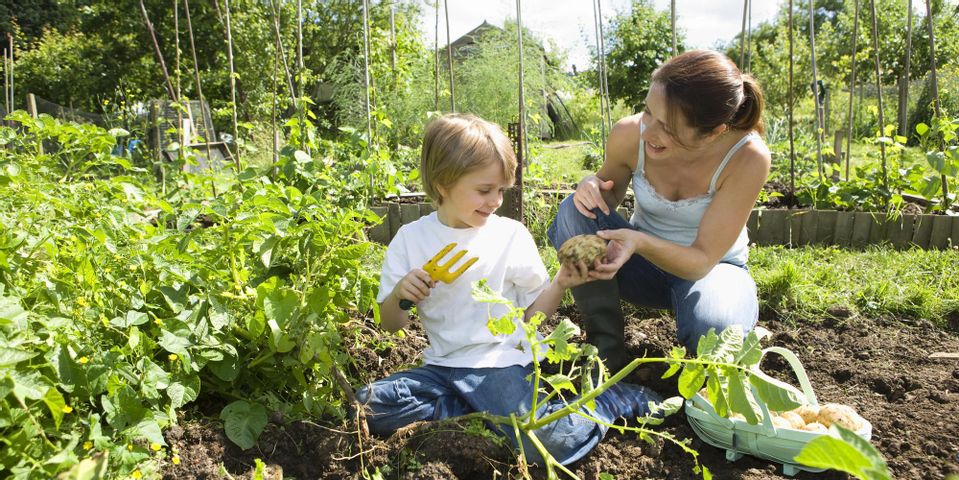
Many Americans are fortunate to have access to a wide variety of local produce, which provides them with countless options for healthy meals at home. However, for millions of people across the U.S., fresh foods, including fruits and vegetables, are hard or impossible to find. This phenomenon is known as the “grocery gap,” and it’s a significant issue that you should understand.
What Is the Grocery Gap?
For nearly 40 million people in the U.S., finding prepackaged foods is easier than local produce. This is especially true for low-income families, who often live in areas without a grocery store nearby. Often, traveling to a retail outlet to purchase healthy foods isn’t an option. Thus, the gap in socioeconomic status from low-income to middle- or high-income communities directly correlates with the ability to maintain a healthy diet. Without convenient access to affordable, nutritionally-dense foods, many people that the grocery gap affects will turn to packaged foods.
Why Does Access to Local Produce Matter?
 While packaged foods provide sustenance, they often fall short of the nutritional value that fresh, local produce provides. Fruits and vegetables have essential micronutrients that help children and adults thrive. Regular consumption of these foods has many health outcomes.
While packaged foods provide sustenance, they often fall short of the nutritional value that fresh, local produce provides. Fruits and vegetables have essential micronutrients that help children and adults thrive. Regular consumption of these foods has many health outcomes.
For instance, the ability to access nutritionally-dense foods results in a lower risk for obesity and other issues, including heart disease. Because low-income populations also tend to experience health-related risk factors, including lack of health insurance or a regular health care provider, nutritional diets are critical for this group. Getting fresh food into the hands of these individuals could help improve wellness and attract further healthy food outlets to stimulate the local economy.
As a local organization donating farm-to-table goods throughout St. Louis, MO, Growing Food Growing People (GFGP) has been distributing local produce to as many members of the local community as possible. Their goal is to help schools, restaurants, and local organizations offer fresh and nutritious options to support dietary wellness. Find out more about how you could help support this local cause online or by calling (314) 518-2048.
About the Business
Have a question? Ask the experts!
Send your question

